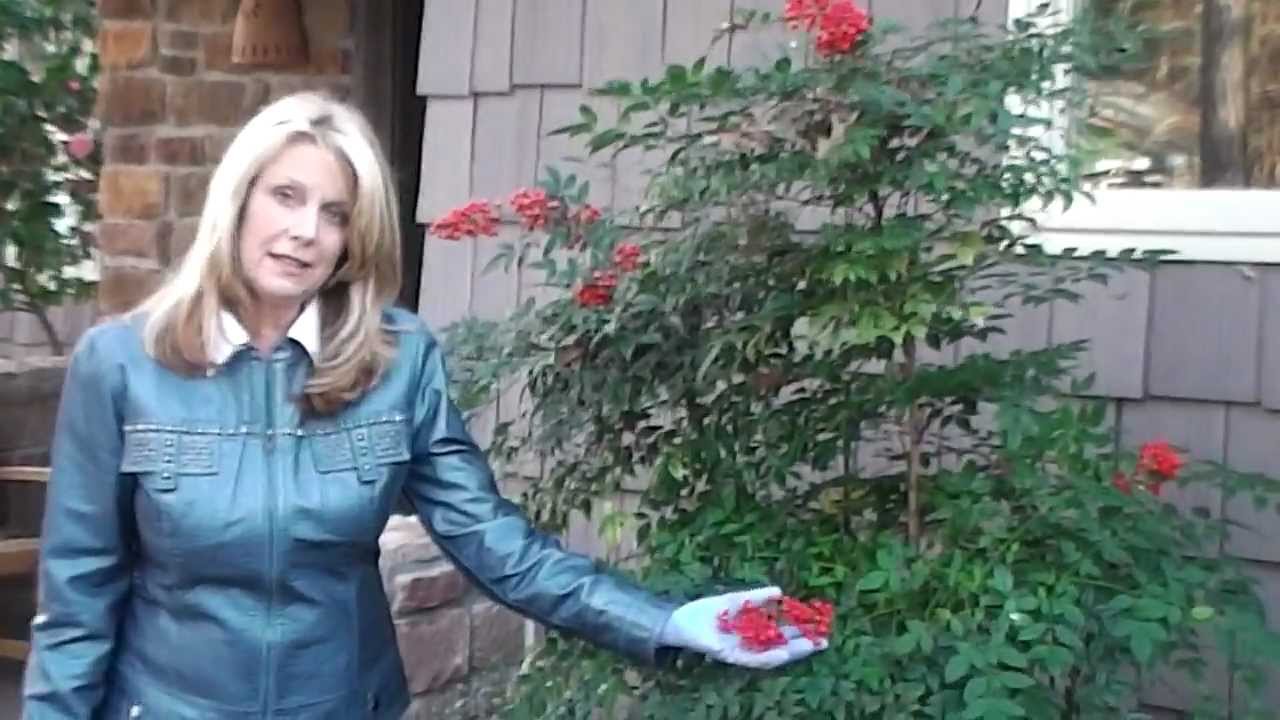Okay, so I’ve got this heavenly bamboo, or nandina, in my yard. It was getting a bit out of control, all leggy and messy. I knew it needed a good trim, but I wasn’t really sure how to go about it. I mean, you don’t want to just hack away at a plant without knowing what you’re doing, right?
So, I did a bit of reading up on it. Turns out, the best time to prune these things is in late winter or early spring. That way, you’re not cutting off new growth, and the plant has time to recover before the growing season really kicks in.

Getting Started
First things first, I made sure I had the right tools. I grabbed my trusty hand pruners, nice and sharp, and my loppers for the thicker branches. Clean tools are important, you know? You don’t want to spread any diseases to your plant.
I started by looking for any dead, damaged, or diseased branches. Those had to go first. I just snipped them off right at the base, where they met the main stem. Easy peasy.
Thinning Out
- Next, I focused on thinning out the plant. It was getting pretty crowded in there, with branches crossing over each other and blocking the sunlight.
- I carefully selected some of the older, weaker stems and cut them back to the ground. I also removed some of the inner branches to open up the plant and let more light and air in.
- The goal here was to create a more open, airy structure. Not only does it look better, but it’s also healthier for the plant.
Shaping Up
Once I had thinned it out, I started shaping the nandina. I wanted to maintain its natural, rounded shape, so I just trimmed back any branches that were sticking out too far or growing in weird directions. I made sure to cut just above a bud that was facing the direction I wanted the new growth to go.
I stepped back every now and then to check my progress. It’s easy to get carried away when you’re pruning, so it’s good to take a break and assess your work from a distance.
The Finishing Touches
After I was happy with the overall shape, I did a final cleanup. I gathered up all the branches and leaves I had cut off and tossed them in my compost bin. Then, I gave the nandina a good watering to help it recover from the pruning.
And that’s it! It took a bit of time and effort, but my heavenly bamboo looks so much better now. It’s healthier, more open, and has a nice, natural shape. I’m pretty pleased with how it turned out, and I think the plant is too!
I will say pruning can be a bit daunting at first, but once you get the hang of it, it’s not so bad. Just remember to take your time, use the right tools, and think about what you want the plant to look like in the end. Happy pruning, folks!






















